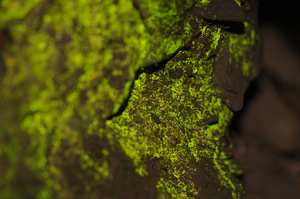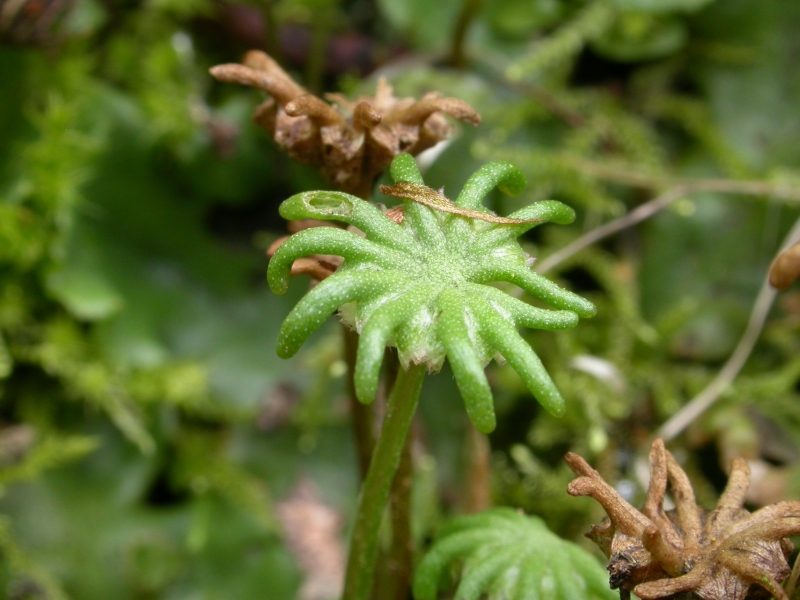Bryophytes are small, non-vascular plants, such as mosses, liverworts and hornworts. They play a vital role in regulating ecosystems because they provide an important buffer system for other plants, which live alongside and benefit from the water and nutrients that bryophytes collect.
Some bryophyte species are amongst the first to colonise open ground. Bryophytes are also very good indicators of habitat quality as many plant species in this group are sensitive to levels of moisture in the atmosphere, which are lower in disturbed habitats because there is less shade.
Bryophytes do not have seeds or flowers. Instead they reproduce via spores.
There are around 20,000 species of Bryophytes.
The three major groups of bryophytes are variously treated as classes of a single division, Bryophyta, or as three separate divisions. In the latter case, they are Division Bryophyta (mosses), Division Hepatophyta (liverworts), and Division Anthocerotophyta (hornworts). The classification of all bryophytes in a single division implies a monophyletic origin for mosses, liverworts, and hornworts.

Mosses are remarkably successful plants that thrive alongside more conspicuous vascular plants. The approximately 12,000 species of mosses make up the largest and most familiar group of bryophytes.
Moss morphology is very diverse. The smallest moss may be the pigmy moss, which is only 1-2 mm tall and completes its life cycle within a few weeks. Luminous mosses such as Schistostega (cave moss) and Mittenia often grow near entrances to caves and glow an eerie golden green. The upper surface of these mosses is made of curved, lenslike cells that concentrate the cave's dim light onto chloroplasts for photosynthesis.

Liverworts range in size from tiny, leafy filaments less than 0.5 mm in diameter to a thallus more than 20 cm wide. All liverworts have a prominent gametophyte, which sometimes has a cuticle. Also, the spores of liverworts have thick walls. These features are believed to be important adaptations that enable liverworts to live on land. Liverworts also have the following distinguishing features:

The hornworts are the smallest group of bryophytes; there are only about 100 species in six genera. The most familiar hornwort is Anthoceros, a temperate genus. Hornworts have several features that distinguish them from most other bryophytes: